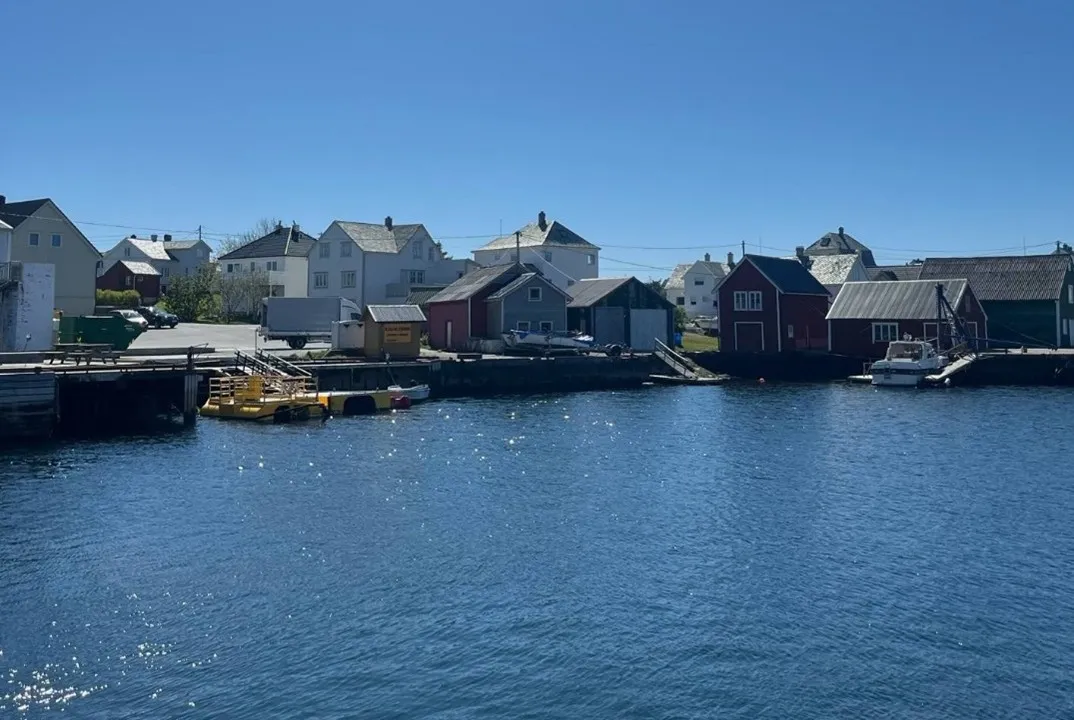Summary
The Rural Growth Agreements in Norway represent a new model of multi-level governance aimed at addressing the demographic and structural challenges of the country’s most vulnerable rural areas. Launched in 2022 and covering 35 municipalities across seven regions, the initiative supports cooperation among local, regional and national governments to improve access to services, promote business development, and strengthen population retention.
The agreements provide a platform to test innovative solutions, while improving the capacity of municipalities to access funding and deliver long-term impact.
Results
- Enhanced cooperation between municipalities, counties and national authorities, enabling more strategic, coordinated rural development efforts. Improved dialogue between local and state actors through structured cooperation with county governors, shifting focus toward opportunity-driven planning.
- Successful collaboration with the Norwegian State Housing Bank, leading to new models for housing development in sparsely populated areas.
- Greater local capacity to access funding through existing schemes and stronger local ownership of policy direction, creating a foundation for long-term sustainability and adaptability.
- Municipalities have begun testing new tools, such as reorganised general practitioner schemes and military-linked education tracks, with early indications of improved access and engagement.
Resources
Documents
Context
The initiative targets Norwegian rural municipalities characterised by low population density, geographic remoteness, limited services, and difficulties attracting skilled workers. These municipalities often face shrinking populations and challenges in achieving stable local development.
In 2022, the national government launched the Rural Growth Agreements to address these structural barriers by fostering dialogue and coordinated action. The initiative focuses on place-based development and institutional collaboration.
Objectives
- Support demographic sustainability and business development in rural municipalities;
- Strengthen multi-level governance and formalising cooperation among local, regional and national authorities;
- Increase coherence and coordination across public measures already in place;
- Support municipalities to experiment with new tools and develop solutions transferable to other rural areas.
Activities, key actors, and timeline
Timeline
The Ministry of Local Government and Regional Development launched the initiative in 2022 through a national call for expressions of interest, which led to the selection of 35 municipalities for participation in the pilot phase. These were grouped according to the maturity of their local planning processes and ambitions.
The work is structured around two main focus areas:
- local development: empowering municipalities to strengthen community development and test new governance approaches.
- local innovation: encouraging municipalities to design new policy tools and implement place-based solutions tailored to locally defined challenges.
The Ministry organises annual political dialogue meetings that bring together representatives from the participating municipalities, counties, and relevant national authorities. These meetings ensure continued alignment, exchange of experience, and adaptive management of the agreements.
Activities
Each agreement is the result of a co-creation process involving municipalities, counties, and the national government. The agreements function as formal commitments establishing joint political and financial frameworks for action and creating a platform for multi-level collaboration and strategic investment.
Each municipality develops an action plan – with guidance and support from the Ministry – which outlines concrete measures tailored to local challenges prioritised in each agreement. These plans are reviewed annually and serve as both policy guides and funding applications.
Funding is available for project management, local initiatives, and cooperating partners. The budget allocated for local measures ranges from NOK 6 to 18 million per municipality (approximately EUR 520 000 to EUR 1.56 million).
Local measures differ by municipality and include initiatives such as:
- Adjusting general practitioner schemes to improve healthcare access;
- Introducing new upper secondary education pathways, including one linked to military careers;
- Strengthening collaboration with the Norwegian State Housing Bank, including new housing models;
- Simplifying planning processes for local development and targeted facilitation in sectors such as healthcare recruitment and renewable energy development.
Key partners
- Counties are key partners, ensuring strategic coherence and alignment with regional development plans. County governors act as representatives of the state administration and support coordination and follow-up.
- The Centre of Competence on Rural Development provides technical support and knowledge-sharing across the pilot sites.
- Relevant public agencies, including the Norwegian State Housing Bank, contribute expertise and adapt existing tools to support implementation.
Success factors/lessons learnt
- The agreements provide a ‘safe space’ for dialogue, enabling local and national actors to build trust, identify shared goals, and explore new policy ideas collaboratively.
- Shifting from sectoral to place-based policy can increase relevance and effectiveness, particularly in addressing complex rural challenges.
- Local ownership is key to success. Agreements are shaped by municipal priorities and legitimise local action through formal multi-level commitment.
- The involvement of the right authorities, with the right mandates, ensures institutional alignment and smoother implementation.
- Annual reviews and flexible funding mechanisms in the action plans allow adaptation and make long-term strategic development possible.
Contacts
- Sigurd Siem, Project manager, Ministry of Local Government and Regional Development, sigurd.siem@kdd.dep.no, +47 934 29 379

